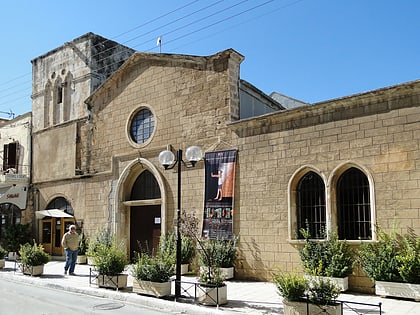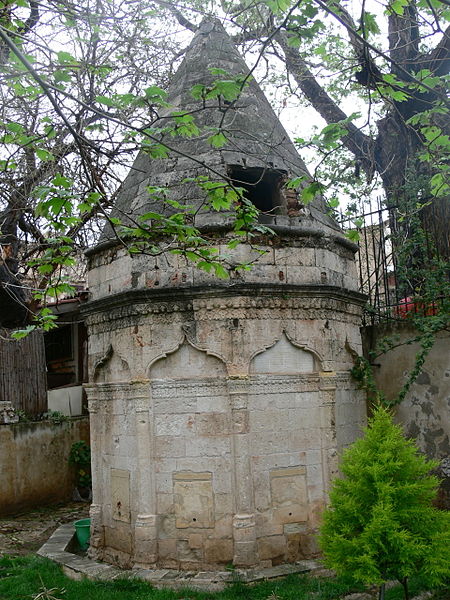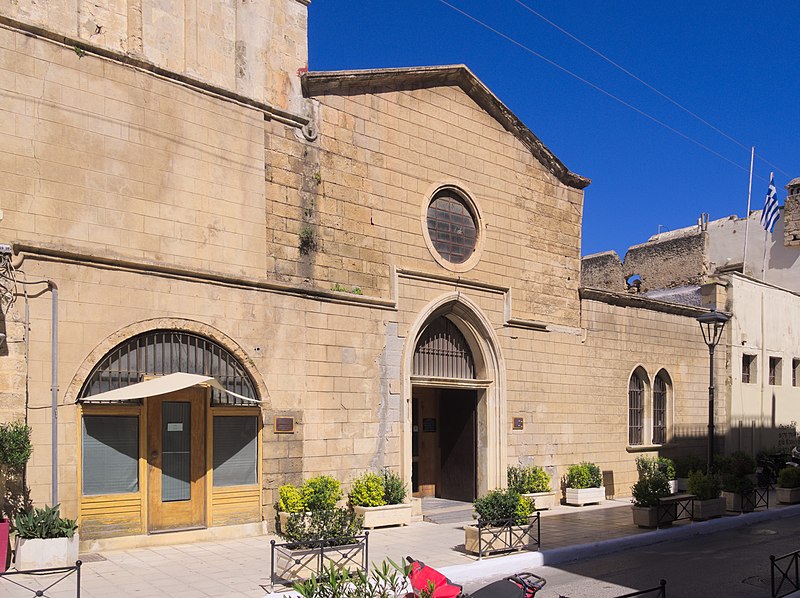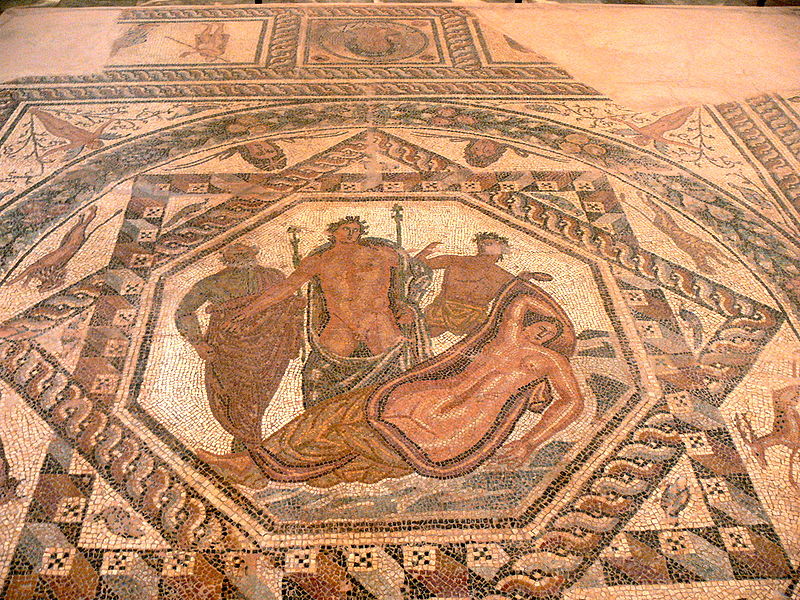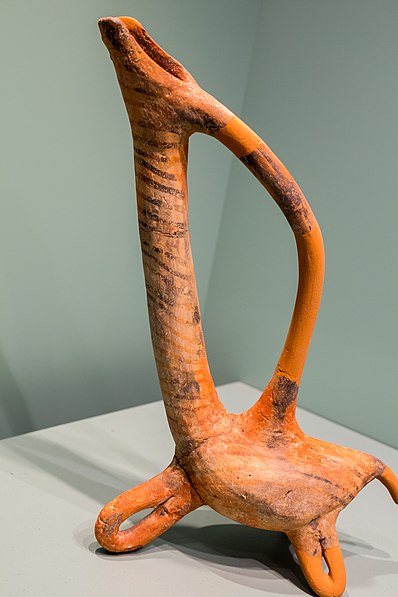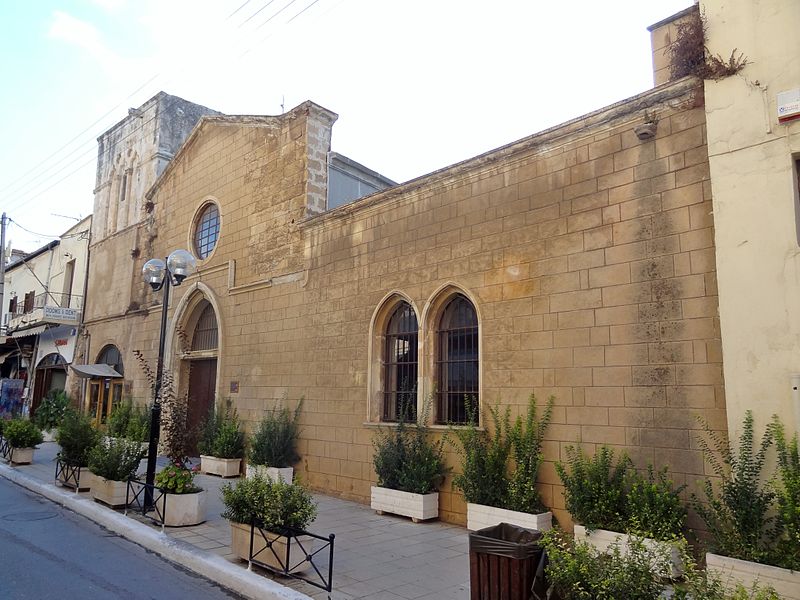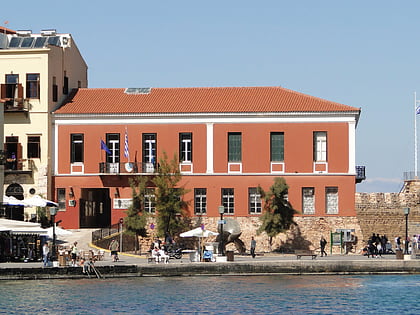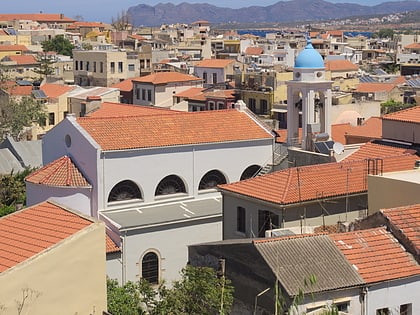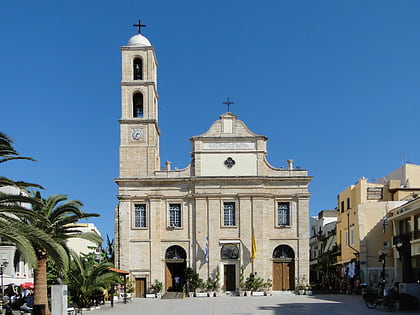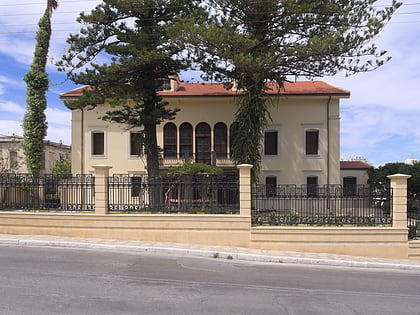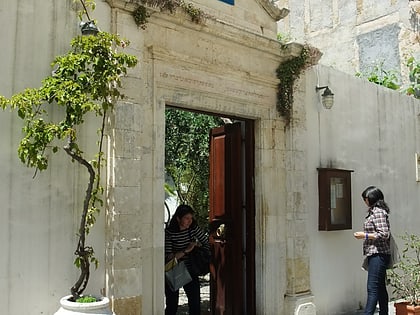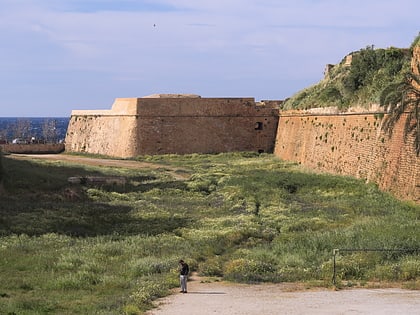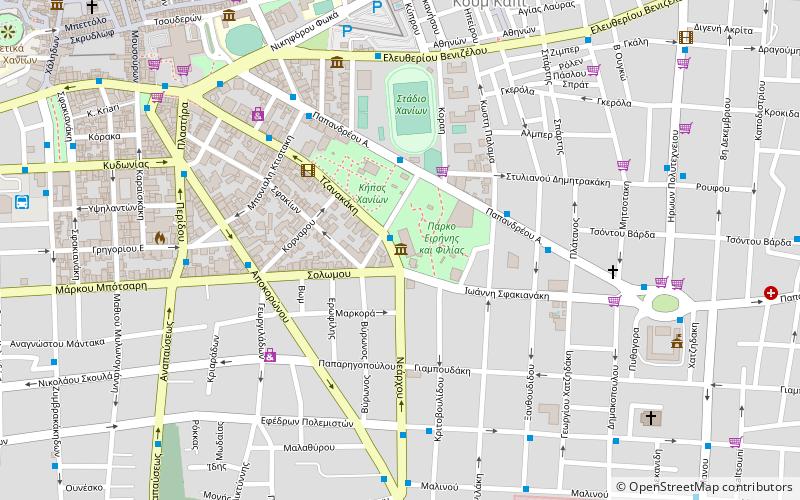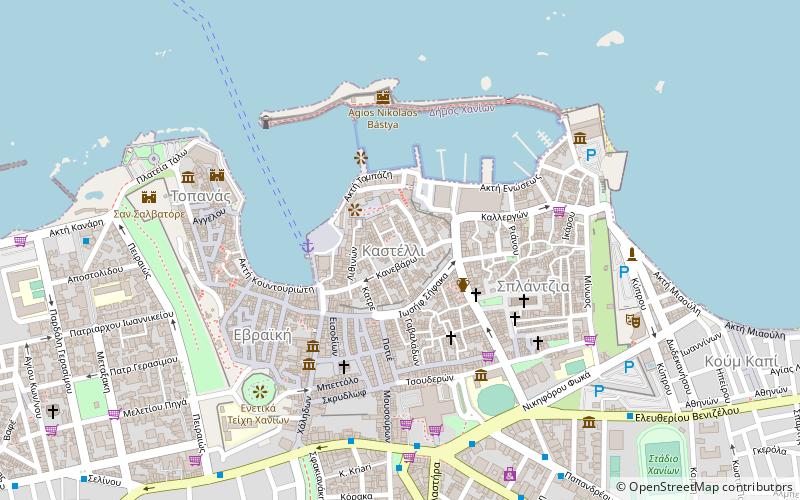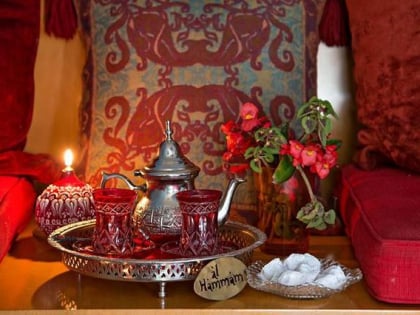Archaeological Museum of Chania, Chania
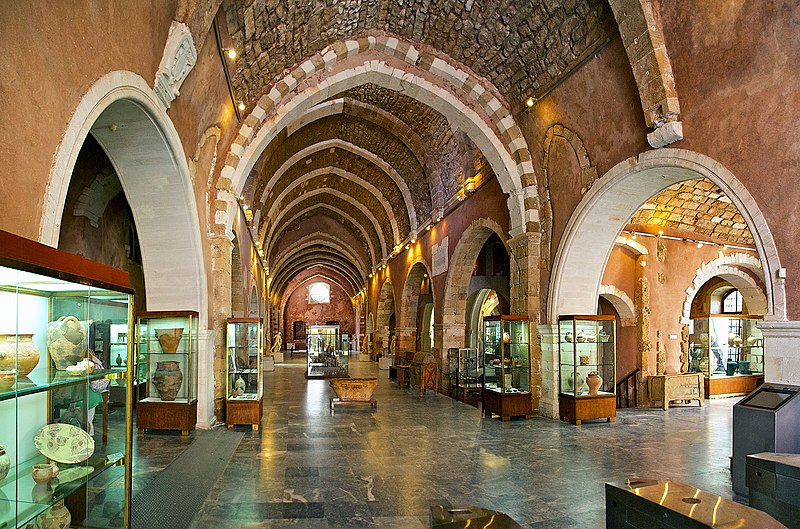
Facts and practical information
The Archaeological Museum of Chania is a treasure trove of Cretan history nestled in the picturesque city of Chania, Greece. Housed in the former Venetian Monastery of Saint Francis, the museum is a cultural landmark that showcases the rich tapestry of civilizations that have left their mark on Crete, from Neolithic times to the Roman period.
Upon entering the museum, visitors are immediately transported through time as they explore a vast collection of artifacts, including Minoan pottery, intricate jewelry, Roman mosaics, and Egyptian statuettes, all of which highlight the island's central position in the Mediterranean trade routes. The museum's exhibits are meticulously curated to provide a narrative of Chania's evolution through the ages, with a particular focus on the Minoan civilization that flourished on the island.
One of the museum's highlights is the impressive display of Minoan sarcophagi, which offer insight into the burial customs and artistic achievements of the era. Additionally, the museum boasts a collection of coins, tools, and weapons that paint a vivid picture of daily life in ancient Crete.
The Archaeological Museum of Chania is not only a repository of antiquities but also a testament to the city's commitment to preserving its heritage. The museum's setting in the restored monastery adds to the historical ambiance, allowing visitors to appreciate the architecture and frescoes of the Venetian period.
The museum is open to the public year-round, offering an enriching experience for history buffs and casual tourists alike. Its central location in the heart of Chania's Old Town makes it an accessible and essential stop for anyone seeking to understand the depth of Crete's past.
Archaeological Museum of Chania – popular in the area (distance from the attraction)
Nearby attractions include: Nautical Museum of Crete, Assumption Cathedral, Presentation of the Virgin Mary Cathedral, Eleftherios Venizelos Museum of Chalepa.
